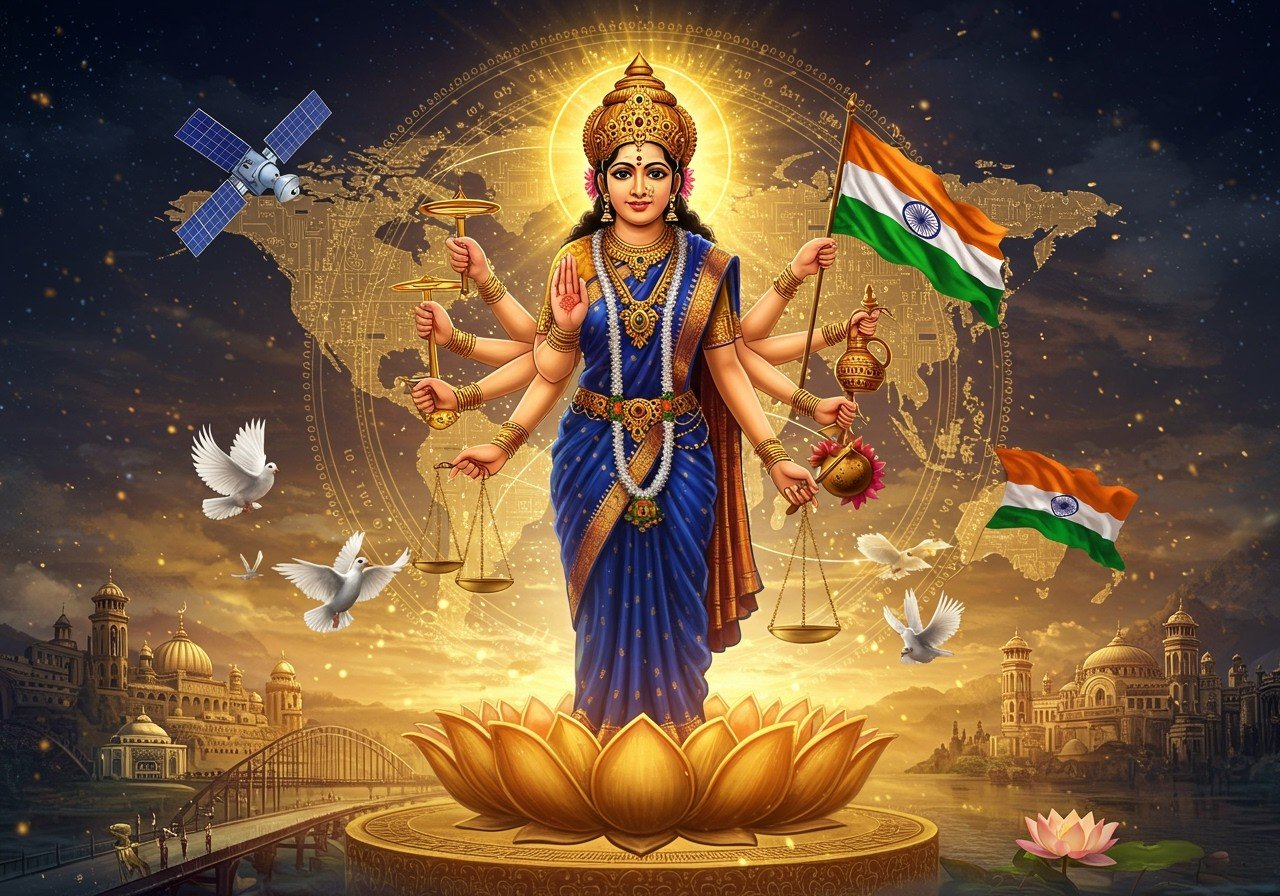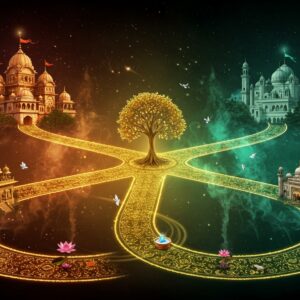India’s Global Relationships: A 21st-Century Perspective

India’s strategic position on the world stage has changed significantly in the 21st century. From Atal Bihari Vajpayee to Narendra Modi, India’s leadership has emphasized strategic autonomy, avoiding alignment with any single power bloc. This blog post explores India’s complex relationships with key global players: China, Russia, and the USA. This analysis is particularly relevant for those who appreciate tradition and seek authentic ritual items, as India’s global standing influences access to and preservation of these cultural elements.
India and China: A Complex Interplay
India and China share a long history intertwined by ancient trade routes like the Silk Road. However, their modern relationship is marked by a complex interplay of cooperation and competition. While economic ties are strong, border disputes and strategic rivalry add layers of complexity.
- Historical Context: Ancient cultural exchanges and trade have shaped the backdrop of the relationship. Post-1947, diplomatic efforts have aimed to establish mutual understanding despite inherent differences.
- Border Disputes: Territorial conflicts, including the 1962 war and the more recent Ladakh skirmishes, remain a significant point of contention. Diplomatic channels are crucial in managing these sensitive issues.
- Economic Ties: Bilateral trade is substantial, with India relying on Chinese imports, and China investing in Indian startups. This interdependence presents both opportunities and challenges.
- Strategic Rivalry: Competition for regional influence in South Asia and the Indo-Pacific is evident. China’s Belt and Road Initiative (BRI) and India’s Act East Policy exemplify this dynamic.
- Diplomatic Engagements: Participation in forums like BRICS and the Shanghai Cooperation Organisation (SCO) provides platforms for dialogue and cooperation on shared interests.
India and Russia: A Longstanding Partnership
India and Russia share a deep-rooted partnership forged during the Cold War. This relationship continues to thrive in the 21st century, built on strong defense cooperation, energy collaboration, and shared strategic interests. This enduring partnership reflects a shared commitment to multipolarity and strategic autonomy.
- Historical Ties: Soviet support during the Cold War laid the foundation for a strong, enduring partnership. Post-Soviet collaborations have further cemented this bond.
- Defense Cooperation: India’s acquisition of Russian arms and joint defense projects like the BrahMos missile underscore the depth of their military cooperation.
For those seeking traditional protection, consider Poojn.in’s range of Sindoor. - Energy Collaboration: Nuclear energy agreements and oil and gas imports from Russia contribute significantly to India’s energy security. This sector remains a cornerstone of their bilateral ties.
- Space Exploration: Joint ventures in space technology, like the Gaganyaan mission, highlight the breadth of collaboration, extending beyond traditional areas of cooperation.
India and the USA: A Strategic Convergence
India-USA relations have evolved significantly. From initial post-independence skepticism, the relationship has blossomed into a strategic partnership in the 21st century, driven by shared democratic values and converging strategic interests. This partnership emphasizes economic and technological cooperation, alongside increasing defense collaboration. This evolving dynamic reflects the importance of shared values and interests in shaping global partnerships.
- Strategic Partnership: Defense and security collaborations are increasingly central, with agreements like COMCASA and BECA strengthening interoperability and intelligence sharing.
- Economic Ties: Robust trade relations, significant investment flows, and the influential Indian diaspora in the US contribute to the economic dimension of the partnership.
- Technological Cooperation: Collaboration in technology and innovation, including digital infrastructure, cybersecurity, and space exploration, represent key areas of mutual interest and growth. For those interested in technological advancements complementing traditional practices, explore Poojn.in’s online platform for convenient access to ritual items: Poojn.in.
India’s Foreign Policy in the 21st Century
India’s foreign policy in the 21st century, influenced by leaders from Atal Bihari Vajpayee to Narendra Modi, prioritizes strategic autonomy. This approach involves balancing relationships with major powers, focusing on economic growth, and modernizing its military. The “Viswamitra Model” suggests leveraging India’s civilizational ethos to navigate global complexities.
Conclusion
India’s relationships with China, Russia, and the USA are multifaceted, reflecting a complex interplay of historical ties, strategic interests, and economic considerations. As India continues to rise on the global stage, navigating these relationships effectively will be crucial for its future. Balancing these global partnerships while preserving its rich cultural heritage will be a key challenge and opportunity for India in the 21st century. You can explore a wide range of authentic Indian products at Poojn.in.


